Why cold coffee beverages are dominating the café sales
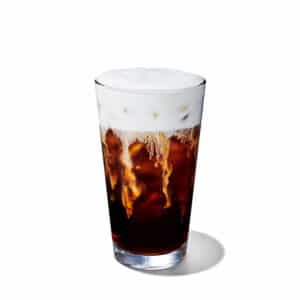
Why many international roasters are investing in creative and quality-driven methods that are transforming the simple brew into a menu mainstay.
When Australian-trained barista Jai Lott moved to New York in 2015, he’d been working in the specialty coffee industry for five years. He recalled seeing cold brew on Stumptown Coffee’s menu, but he’d never heard of it. When he joined the Bluestone Lane team as its Coffee Director later that year however, cold brew was “definitely an established thing”.
“In New York, you could set your calendar so that on the first day of spring, every coffee shop would flip to selling iced coffee and cold brew, like clockwork. Then, when the first leaf falls, it would flip back to hot beverages, like muscle memory. Now it’s different. Cold coffee represents a good third, if not half of our business the whole year round. It doesn’t change,” says Lott, now Blank Street Vice President of Product and Customer Experience. “There’s something about New York specifically that’s really embraced the cold brew movement that I find really interesting.”
“As the specialty industry in the United States has bloomed into the beast that it is now, there’s demand for quality, and like everything in coffee, as everyone’s gotten better and better and pushed each other to produce the best cold brew, it’s gotten pretty competitive.”
Strong competition and curiosity has led to industry bodies diving further into the science and research behind cold coffee. In June 2022, the National Coffee Association (NCA) USA released a first-of-its kind safety guide for retailers of cold brew coffee, with NCA President and CEO William “Bill” Murray commenting in a press statement that “cold brew coffee has seen explosive growth since NCA began tracking it in our exclusive consumer research, and is now the third most popular method of brewing coffee”.
In November 2022, the Coffee Science Foundation alongside the Specialty Coffee Association (SCA) announced a new publication from its Cold Brew Extraction research project, with the study finding floral flavour to be a higher sensory attribute in cold brewed coffee. The results substantiated the general belief that cold brew is less sour, per descriptive analysis, but not necessarily less acidic chemically.
“Historically, there hasn’t been much research dedicated to cold brew, so it’s great to see scientific data that will further our understanding about how cold brew differs from traditional heat-brewed coffee,” said SCA Board of Directors member, Julia Leach, in a press statement.
Starbucks cold brew strength
One such company that has helped spread awareness of cold beverages is Starbucks, which first introduced cold brew to its menu in the summer of 2016. It now offers a range of cold coffee beverages including Iced Coffee, Cold Brew, Nitro, Iced Espresso, and more.
Cold coffee beverages account for 76 per cent of Starbucks’ beverage sales.
In the US, Starbucks launched the White Chocolate Macadamia Cream Cold Brew in time for the US summer on 9 May. While in Asia, customers enjoy unique and locally relevant cold coffee beverages like the Okayama Peach Apple Cold Brew, and Belgium Chocolate Nitro Cold Brew.
Currently, cold coffee beverages accounts for more than half of Starbucks beverage sales. In the US, they account for 76 per cent of beverage sales at company-operated locations.
In a Starbucks 2022 Investor Day transcript, Brady Brewer, Starbucks Chief Marketing Officer and Executive Vice President said cold coffee beverages are more frequently customised, and customers are increasingly adding modifiers like cold foam.
“They commanding a premium price, they’re driving our sales, and they are among our highest margin products. And they are also more frequently customised,” Brewer said.
“When you think about that elevated hand-crafted experience at Starbucks, cold, customised, plant-based beverages is where it’s at.”
In response to the growing popularity of handcrafted cold foam on Starbucks beverages, the coffee company is introducing portable cold foamer machines to its stores, which were designed and created thanks to its barista partners.
“This investment in equipment improves the partner experience by allowing partners to conveniently make cold foam at any station behind the bar, no matter where they are crafting beverages,” Brewer said.
During Starbucks FY23 Q2 Earnings call on 2 May, Starbucks CEO Laxman Narasimhan stated that Starbucks beverage innovation “is strong”.
Blue Bottle and beyond
For US roaster Blue Bottle Coffee, cold coffee beverages are served every day, year-round, on café menus.
“Quality and innovation have always been a part of Blue Bottle’s journey, and we continue to let curiosity guide our exploration in cold coffee. Our ongoing exploration of cold coffee beverages for our guests is part of our ongoing commitment to innovation and our desire to better serve our guests,” says Benjamin Brewer, Blue Bottle Coffee’s Global Director of Coffee Quality and Innovation.
Blue Bottle Coffee will continue to explore cold coffee as part of its range.
He notes that interest in cold coffee has been growing at a steady rate and, as a result, has become a menu mainstay as roasters looks to meet customer needs. At Blue Bottle, cold coffee menu items include its cold brew blend, cold brew single origin, and New Orleans-Style Iced Coffee (NOLA). It also serves its seasonal beverages iced to meet guest demands.
“Knowing there is a strong interest in cold beverages, we also look for opportunities to offer products for guests to enjoy coffee outside of our cafés cold,” Brewer says, pointing to Blue Bottle Coffee’s Craft Instant Espresso and limited-edition Exceedingly Rare Costa Rica whole bean coffee, as examples.
“Both are delicious hot, but we believe they’re event better when enjoyed cold,” Brewer says.
This year, Blue Bottle Coffee also released its Cold Blend No. 1, a seasonal whole bean coffee that it designed “to shine brightest when sipped cold”. Additionally, it offers ready-to-drink options for guests with its single origin cold brew cans, and NOLA cartons, providing customers with more ways to enjoy cold coffee wherever they may be.
This extends to Blue Bottle Coffee’s Samra Origins Craft Instant Coffee. Customers can simply combine one teaspoon (four grams) of one single-serve sachet with one-ounce hot water, stir, and add ice and six-to-eight ounces of cold water for a tasting profile of floral and fruit notes.
“Cold coffee has become an income driver for businesses due to the increasing demand of consumers,” Brewer says. “There are several reasons why demand for cold coffee has increased. For some, a preference for cold coffee may be a matter of taste, but it’s also versatile and refreshing.
Additionally, many guests get cold coffee in the morning but it’s an option they gravitate towards during afternoons when looking for a refreshing pick-me-up later in the day.”
As such, and given the interest around cold coffee, Brewer says innovation in the cold coffee space will only continue.
“Despite constant innovation in indulgent cold coffee beverages, there is still opportunity for advancement of the cold coffee experience in the pure coffee space. For Blue Bottle, we will continue to explore cold coffee as part of our dedication to crafting the perfect cup of coffee for our guests,” Brewer says.
One step further
Saudi Arabian roaster Camel Step first started producing cold brew in-house in 2017 using manual brew tools. It noticed huge customer uptake in the country’s hot climate, before other market players and cafés followed suit.
“Saudi Arabians considers coffee a major representation of their cultural activities. They drink light-roasted coffee and enjoy coffee on average three times per day: morning, noon and night,” says Mohammed Alfaify, Head of Partners Management at Camel Step Co.
Camel Step’s Nitro Cold Brew embraces Arabica coffee, water, and nitrogen.
After a while of producing cold brew batches, Camel Step noticed a need for more consistent product preparation as it scaled its stores, with the product having an initial three-day maximum shelf life. As such, the company decided to invest in RTD canned products.
“We looked to other countries to see what opportunities were available because in Saudi Arabia, the main RTD ingredient was a coffee powder, not ground coffee, and flavour additives. Our goal was to produce a healthy and organic product to the market,” Alfaify says.
To create its own RTD cold brew product, the Camel Step team determined three key characteristics it needed to perfect: preparation, extraction, and filtration.
While the preparation was deemed easy enough, Alfaify says working through five stages of filtration to achieve 0.2 microns of particle size proved the challenge to achieving the desired “silky, smooth, light, juicy coffee profile with a sweetness of floral and fruitiness”.
“We changed the cartridge filters every batch, which is expensive but necessary to ensure the consistency level of the flavours in each batch,” Alfaify says.
“We tried many different coffee origins including Ethiopia and Colombia, honey processed, natural, and different ratios, but what was most beautiful for us, was the Colombian, fermented natural processed coffee named La Milagrosa, a direct traded coffee from Chalo farm. It tends to be heavier bodied and more floral. It’s a profile lots of people in Saudi Arabia like.”
The result is Camel Step’s Nitro Cold Brew product line that was launched in 2022. The production line produces 10,000-can batches. The 250-millilitre cans contain just three ingredients: water, 100 per cent Arabica coffee, and nitrogen. Nitrogen gas is added before the coffee cans are filled, with additional liquid nitrogen used during filling to develop pressure inside the can and keep the product fresh for up to nine months in a refrigerated condition without any oxygen to prevent contamination, and provide a silky texture.
“We promise our customers that from the first day to the last of the product’s shelf life that it has the same great taste. The profile gets even better as the beverage ages, from a sensory level. The result, thanks to the addition of the nitrogen, is a sparkling mouthfeel with delicate notes, and a bubbly texture and a hint of sweetness,” Alfaify says.
Blank Street’s cold brew boom
At Blank Street’s more than 70 stores across the US and United Kingdom, cold brew sales never change year-round. For Blank Street’s Lott, he says the results are “very validating” that cold brew is not immune to seasonality the way that hot beverages are.
“For us, right now, cold brew peaked at 48 per cent of the business two weeks ago (in July). But the way we know that it’s changed the business, is because our 20 UK stores were resisting to cold brew, but I felt strongly that if we could position it well and do enough education around it, it would work,” Lott says. “We opened our UK stores a year ago, and cold brew sales then were less than 1 per cent of orders in all locations, just two sold per day. Right now, its 30 per cent of the entire business.”
Blank Street’s Brown Sugar Cold Brew is the roaster’s best seller.
Lott says he’d like to think Blank Street has “changed the way Londoners think about coffee”, noting other larger coffee chains including Pret a Manager and Costa Coffee launched their own cold brew products a month later.
Lott says after working on the perfect concentrate ratio for cold brew, developing an entire category and menu around the top-seller was the next stage of product innovation.
“During the nine months we took to develop the concentrate with the right roast profile and extraction refinement, we questioned how to use cold brew as a product, an ingredient more than an end-state product. I started thinking about it as if it were espresso and what could we do,” Lott says. “I haven’t been this excited about innovation in the coffee space in recent memory.”
The result, albeit a little serendipitous, Lott says, was a dedicated cold brew menu that resulted after two hours with 45 drink options using Blank Street’s signature cold brew shot as a base.
“It was proven by our numbers that all our customers consistently love and are loyal to cold brew as a final beverage, but we questioned what else we could do with it,” Lott says.
The result was a final menu catered to different beverage personas: a cold brew cortado – two and a half times the caffeine of a double espresso with four ounces of milk; Shaken Brown Sugar Cold brew – a sweet, delicious ‘treat day’ drink that marries the molasse of the brown sugar and cold brew; Shaken Chai Cold Brew – devoted to dirty chai drinkers; and Grapefruit Spritz Cold Brew – a clean, refreshing and surprisingly well paired combination that ticks a lot of boxes according to Lott.
The Brown Sugar Cold Brew turned out to be a best seller, with chai and cortado tied in second place.
While cold brew is arguably more expensive when measured by ounce, Lott says Blank Street can charge a small premium because the product is harder to produce, twice the caffeine level, and offers more theatre to the customer. To ensure cold brew operation and workflow was streamlined in Blank Street venues, Lott says the preparation needed to be no more than seven steps in 70 seconds.
“When creating new formulas, I evaluate drinks through the “milk crate” exercise. Hypothetically, a barista should be able to stand in a milk crate while making a drink. When they have to run around or move all over the place to make a single drink, it starts to affect barista morale,” Lott says.
Lott adds that cold brew is entering an exciting period of creativity among the international coffee community, and for someone who’s “innovation obsessed”, he’s determined to continue pushing the envelope to see how he can continue to make drinks better and better.
“We’ve definitely gone all in on cold brew,” Lott says. “We pushed espresso so far through automation, making blends better and sourcing better, and espresso hasn’t hit its ceiling, but I feel like I have this weird playground to enjoy. Anything that was ever done with espresso in the past, in the cold space, has already validated that it can be done with cold brew too.”
This article was first published in the September/October 2023 edition of Global Coffee Report. Read more HERE.
The post Why cold coffee beverages are dominating the café sales appeared first on Global Coffee Report.
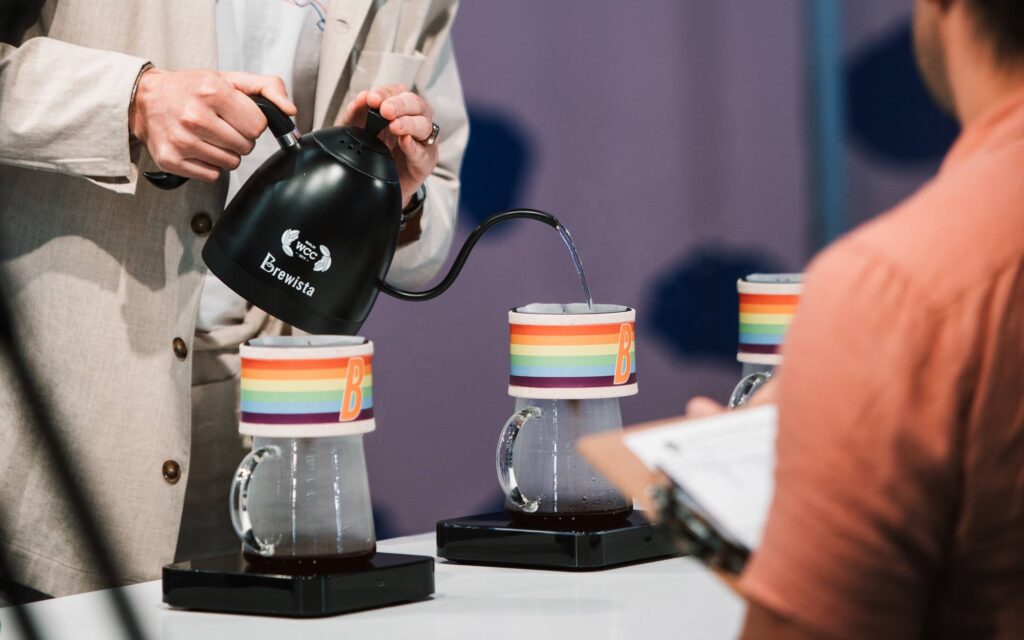
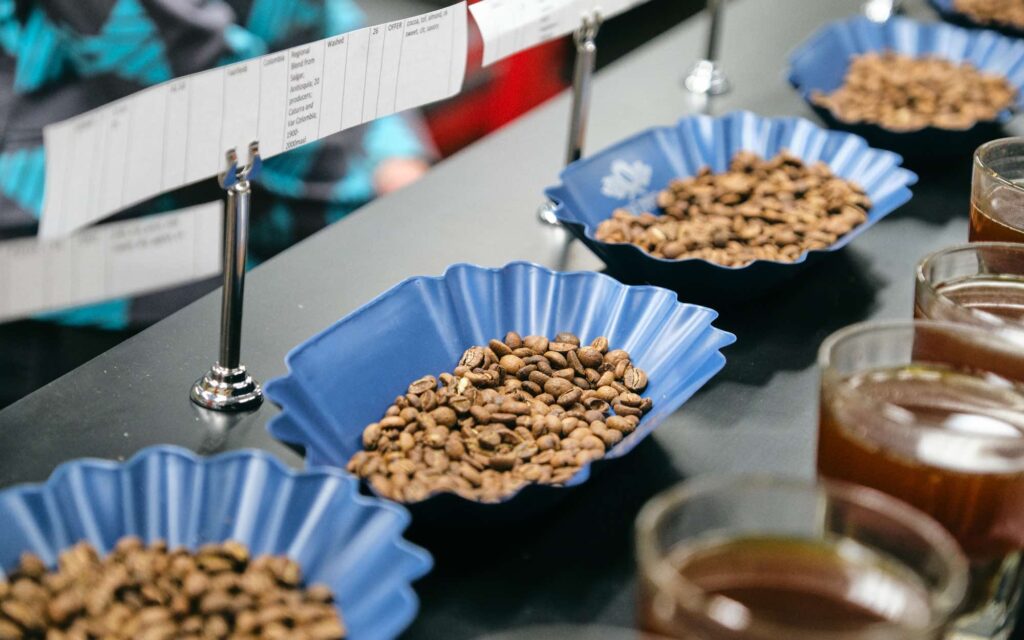
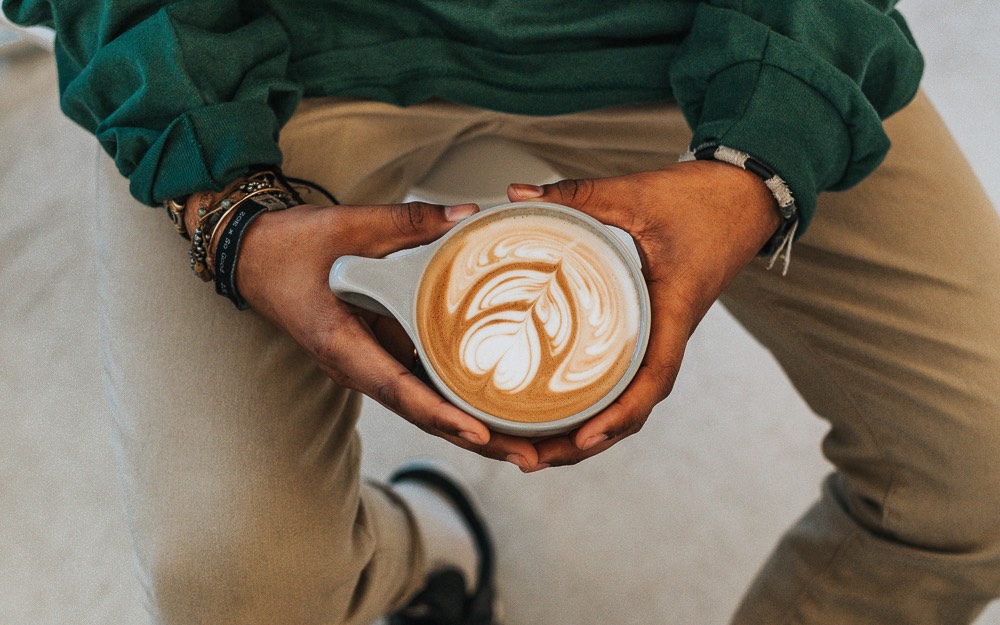
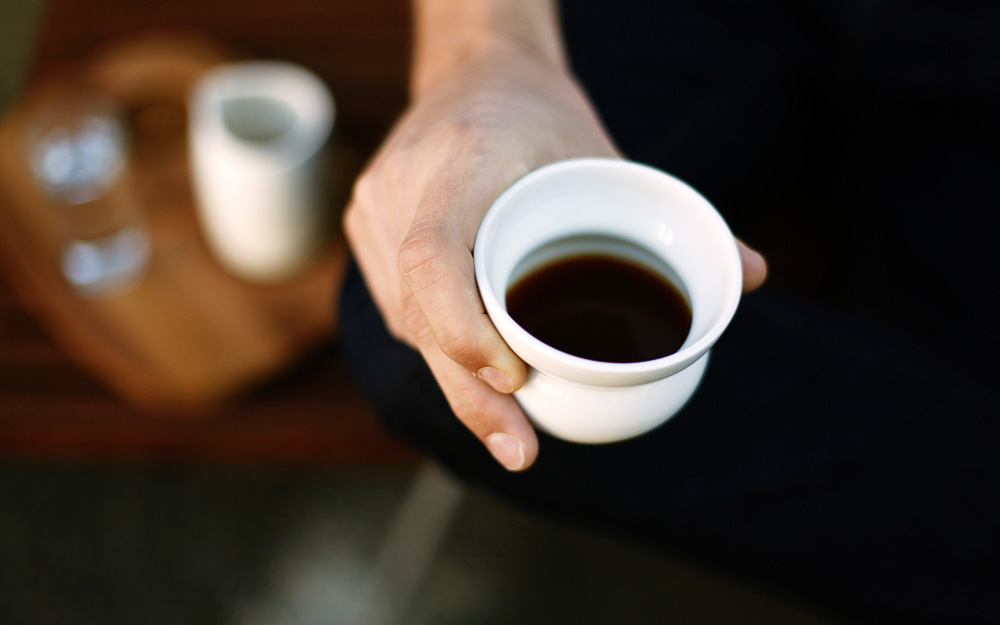
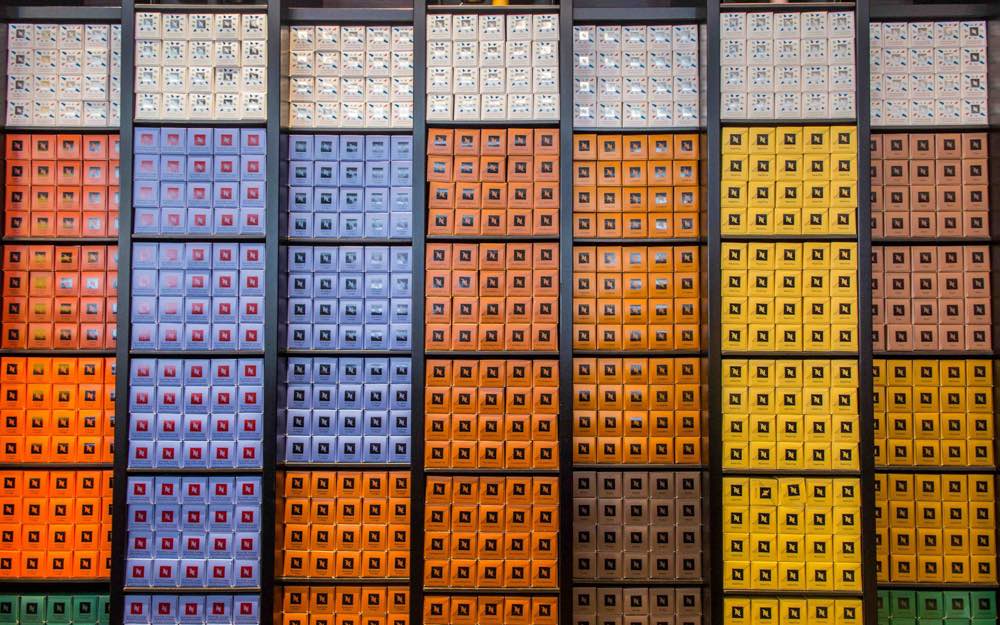
Responses